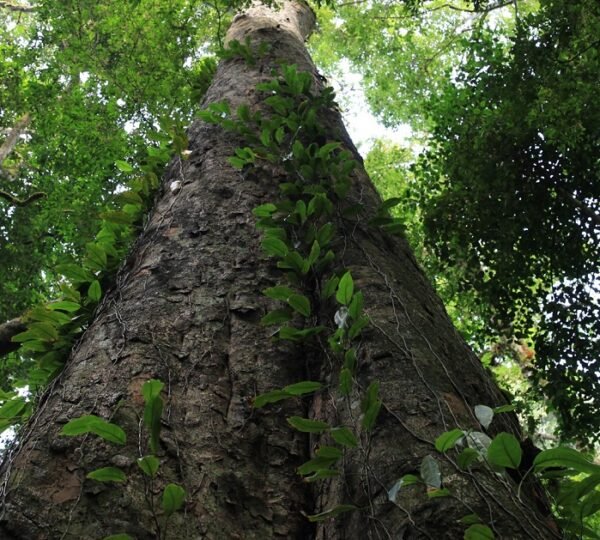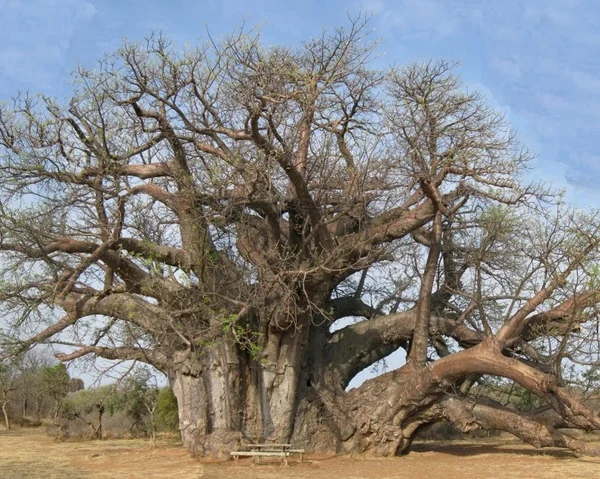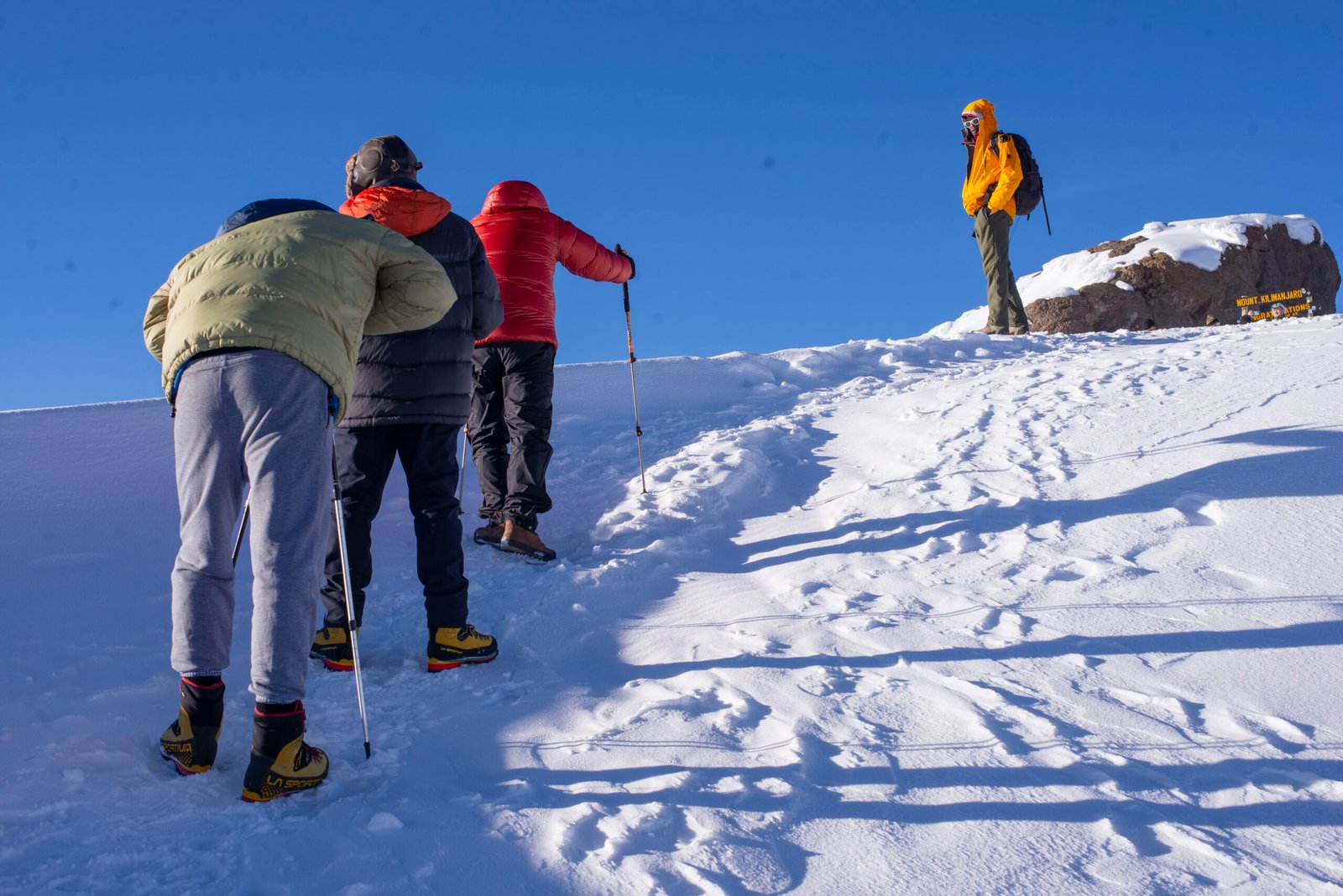
Record-breaking giants: the tallest tree in Africa and more
What does the phrase genuinely mean?
Mount Kilimanjaro boasts a truly unique natural environment, highlighted by Africa’s tallest tree, which thrives on its slopes and it’s the one among record breaking giants in Africa.
In this article, you’ll discover the species of this remarkable tree, its precise location, and how you can witness it firsthand. Additionally, we’ll explore other towering trees worldwide, including the tallest tree on Earth.
Who discovered Africa’s tallest tree?
In 2016, a research team led by Andreas Hemp from the University of Bayreuth, Germany, identified Africa’s tallest known tree. Measuring an impressive 81.5 meters (268 feet) in height and 2.55 meters (8.5 feet) in diameter, this ancient giant is estimated to be around 470 years old. Due to the lack of common names outside Africa, it is primarily recognized by its scientific name, Entandrophragma excelsum, meaning “tall Entandrophragma” in Latin.
Scientists attribute the tree’s extraordinary growth to Mount Kilimanjaro’s mineral-rich volcanic soil and favorable climate. Discovered on the mountain’s southern slope in Tanzania, the tree thrives within a tropical rainforest belt, nestled in one of the river valleys.
Andreas Hemp initially identified potential record-breaking trees in the area about 20 years ago. However, accurate measurements were only taken in 2016 using a laser rangefinder, confirming E. excelsum as Africa’s tallest tree. While most trees in this region rarely surpass 65 meters (213 feet), the only previously recorded tree of similar height was an introduced Eucalyptus saligna in South Africa, which reached 81.5 meters but died in 2006. Unlike eucalyptus, E. excelsum is a native species that grows exclusively in tropical Africa.
What Do We Know About Entandrophragma excelsum?
Before the recent discovery, scientists believed that Entandrophragma excelsum trees did not exceed 55 meters (180 feet) in height. However, on the southern slopes of Mount Kilimanjaro—often referred to as the Roof of Africa—the ten tallest trees of this species start at an impressive 59 meters (194 feet). This unique environment appears to have contributed to their record-breaking growth.
Beyond Kilimanjaro, these trees can also be found in neighboring countries such as Uganda, Rwanda, Burundi, the Democratic Republic of the Congo, Zambia, and Malawi. They typically thrive in mountainous forests at altitudes reaching up to 2,150 meters (7,054 feet) above sea level.
E. excelsum is a large deciduous tree characterized by its short leaves, thick branches, and expansive canopy. Its wood is relatively lightweight, with an average density of 460 kg/m³ (28.8 lb/ft³) at 12°C (53.6°F) humidity, similar to spruce. However, due to its tendency to warp during drying and its overall scarcity, it is not widely sought after for large-scale logging. Instead, it is commonly used for providing natural shade in coffee plantations or as a source of fuel.
Currently, E. excelsum is not classified as an endangered species, but researchers advocate for expanding Kilimanjaro National Park to include its habitat for long-term conservation. Interestingly, the species’ typical height is around 45 meters (147.5 feet), but the Kilimanjaro trees have flourished due to a combination of factors: freedom from vine parasites, minimal competition in the valley, and nutrient-rich volcanic soil.
Scientists estimate that around 1,100 large Entandrophragma excelsum trees exist on Kilimanjaro, a relatively small number. In the past, there were likely more, but logging activities on the mountain’s slopes reduced their population. Fortunately, these towering giants are now safer, as the valley has recently been designated a protected area.
The nearest village residents have built and maintained a path leading to the tree, making access easier. Upon learning that the tree was not far from Moshi town, we wasted no time in setting out. The opportunity to witness this natural wonder in person was truly exciting.
Our tour to the record-breaking tree
We reached the village of Tema, located in Mbokomu, Moshi District, high on Kilimanjaro’s slopes, by bajaji. Since it was April, heavy rains had washed out parts of the road, so we had to walk part of the way.
The village elder greeted us warmly. He personally maintains the trail that starts at the village’s edge and winds up the slope into the forest. A nearby sign marked Africa’s tallest tree less than two kilometers away.
We set off along a narrow trail that twisted through dense vegetation. Since few visitors pass through, overgrowth often obstructs the path. As we walked, the village elder swung his pangá, a local machete, to clear the way. Occasionally, he carved steps into the ground where the rains had eroded the trail.
Massive banana trees lined our route, while deep growls from colobus monkeys—black-and-white primates with bushy tails—echoed through the forest. Birds darted above the treetops, though we couldn’t always identify their species. The narrow, slippery trail had a steep drop to the left, so we carefully watched our footing. Fortunately, we didn’t encounter any snakes, but centipedes crawled along the ground.
As we neared the valley, the trail crossed several fast-moving mountain streams. We carefully stepped on stones, and our guide adjusted a few to make crossing easier. Then, as expected for this time of year, the rain poured down. Completely drenched, we slid on our hands, knees, and even our bottoms over the wet, slippery clay. Just as we reached the river, a few local boys caught up with us, bringing umbrellas to shield us from the downpour.
The journey lasted about an hour each way, and finally, we stood before Tanzania’s towering giant. Surrounded by other massive trees with intertwined canopies, we struggled to grasp its full height. We trusted the elder’s word that this was the record-breaker.
We took a moment to embrace the tree, capturing photos of this incredible natural wonder. Despite the rain, the trek through the forest was absolutely worth it. Farewell, mkukusu!—the Swahili name for this majestic species.
How can I see Africa’s tallest tree?
If you’re visiting Tanzania, whether to climb Kilimanjaro or explore its national parks, consider setting aside a day to see the E. excelsum. This two-hour tour takes you through the montane tropical rainforest on Kilimanjaro’s slopes. Don’t forget to factor in travel time, as the total duration depends on your accommodation’s location.
For the best experience, plan your visit during the dry season avoiding April, May, November, and December. You can also enhance your itinerary by adding another tour with Elem Adventures.
Other record-breaking trees in Africa
Let’s discover other remarkable African trees that set records for their unique characteristics.
What is the widest tree in Africa?
In South Africa’s Limpopo Province, the Sagole baobab (Adansonia digitata) holds the title of the thickest tree in Africa. With a massive trunk diameter of 10.5 meters (34.5 feet) and a circumference of nearly 33 meters (108.3 feet), it would take about 20 people holding hands to encircle it. Radiocarbon dating estimates its age between 800 and 900 years.
However, this is not the oldest recorded baobab. The Panke baobab, once estimated to be 2,500 years old, held the title until it died in 2011. Today, the record for the oldest baobab belongs to another species.
What is the oldest tree in Africa?
In Morocco, North Africa, a yew tree (Taxus baccata) is believed to be the oldest tree on the continent, estimated to be 2,374 years old, with a margin of ±50 years. Known for their exceptional longevity, yew trees can reportedly live up to 4,000 to 5,000 years. This species is commonly found in Europe, where it has been extensively studied.
Interestingly, almost all parts of the yew tree are toxic. Numerous cases have been documented where animals consumed its leaves and died from poisoning shortly afterward. The tree’s needle-like leaves contain lethal compounds, with just 50 grams considered a fatal dose for humans. There’s even a recorded case where inhaling yew sawdust led to death. So, if you plan to visit Africa’s oldest tree, take extra precautions!








